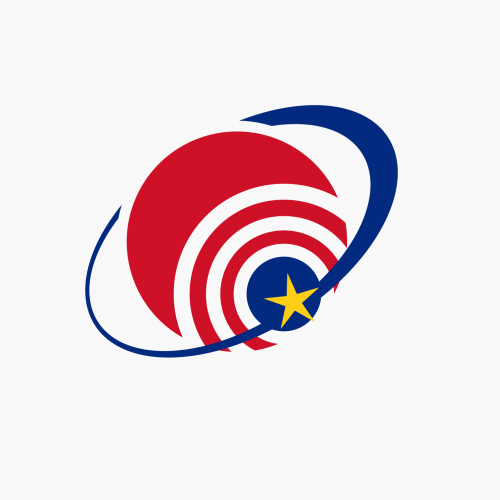Data science requires mastering in various fields like machine learning, R programming, Python, deep learning and many more. Among all these, one of the basic key programming languages required for every data scientist is R programming. These programming languages helps a data scientist to collect data, create visualization, perform predictive and statistical analysis and to communicate the course of results with stakeholders.
Basics of R programming language:
It is a programming language developed by Robert Gentleman and Ross Ihaka. It deals with various concepts of graphical and statistical methods. It includes statistical interference, linear regression, and machine learning algorithm, time series and much more. Detailed analysis like data reduction, correlation and clustering of data are easily done with R programming. The data handling process of R is very effective as compared to the rest. Critical programming language concepts are easily analyzed by R. It also provides large, integrated, coherent collection of transitional tools, particularly used for data analysis. Graphic facilities, flexible tools, along with well structured programs are its specialties. For exhaustive programs, C, C++ and FORTRAN are often accompanied in the run-time process.
R can be helpful in analyzing data that takes place in the series of the following steps:
- Programming: R is an accessible and transparent programming tool
- Transforming: It is a collection of various library tools that can help us in solving problems particularly related to data science.
- Discovering: refining, analyzing, and investigation of the data must be done.
- Modeling: The right model of the data is captured by R using a wide range of tools.
- Communicating: Integrate graphs, outputs and codes to share the outputs of data.
R programming is used by numerous industries, namely academic, agriculture, healthcare, government, insurance, finance, retail, manufacturing and much more. Major companies like Google, Facebook, Microsoft, Uber, Twitter, HP, Ford, and Novartis use R multi purposes. Besides these, IT sectors, Analytics, Financial institutions and consultancy companies also use R for better functioning. Economic forecasting, behavior analysis, effectiveness in advertisements, data visualization, statistical analysis and credit risk modeling are a few of the major uses of R programming.
R provides various methods to make statistical analysis of big data simpler by using the following features:
- Non-linear and linear modeling
- Time-series analysis
- Clustering
- Interfaces and extensibility to other programming languages
- Sharable code packages
The charting capabilities and graphics of this language are incomparable. Initially, R gained popularity in the academic sector where data was to be reproduced constantly and it became a key to credibility. Reproducible work has been advantageous in business sector where chunks of data were analyzed time to time. Every tool required by a data scientist to evaluate and manipulate data is included in the R programming language.
Data science is redefining the way companies run their businesses. Learning a language like R can help you in various ways like giving the best insights of data, which eventually makes you a successful data analyst.
Shalini M















